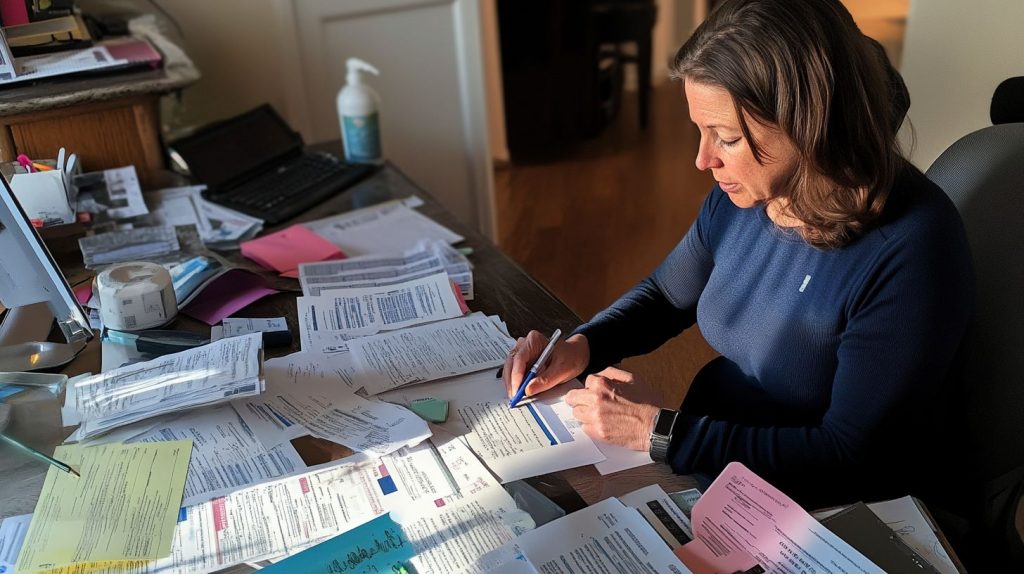In today’s fast-paced world, managing finances effectively is more important than ever. For many Canadians, finding the right balance between budgeting and debt repayment is a constant challenge. However, with careful planning and smart strategies, it’s possible to take control of your financial situation and work towards a debt-free future. In this blog post, we’ll explore some practical and intelligent approaches to budgeting and debt repayment tailored to the Canadian context.
Understanding Your Finances:
The first step in creating a successful budget and debt repayment plan is to gain a clear understanding of your current financial situation. Take stock of your income, expenses, and debts. Identify areas where you can cut costs and prioritize spending based on your needs and financial goals.
Create a Realistic Budget:
A well-crafted budget is the foundation of any successful financial plan. In Canada, consider using online budgeting tools or mobile apps that are specifically designed for Canadian users. Categorize your expenses, including fixed costs like rent or mortgage payments, utilities, and insurance, as well as variable expenses such as groceries, entertainment, and dining out. Be realistic about your spending habits and set achievable financial goals.
Emergency Fund:
One of the cornerstones of financial stability is having an emergency fund. In Canada, unforeseen expenses such as medical emergencies or car repairs can strain your budget. Aim to save three to six months’ worth of living expenses in an easily accessible account. This fund acts as a safety net, protecting you from falling back on credit cards or loans during challenging times.
Prioritize High-Interest Debt:
If you have multiple debts, focus on repaying high-interest debt first. Credit cards often carry higher interest rates compared to other forms of debt, such as student loans or mortgages. By concentrating on high-interest debts, you can save money on interest payments and accelerate your journey to debt freedom.
Explore Debt Repayment Strategies:
Canada offers several debt repayment strategies, including debt consolidation loans and debt management programs. Debt consolidation involves combining multiple debts into a single loan with a lower interest rate, making it easier to manage payments. Debt management programs, offered by credit counseling agencies, negotiate with creditors to reduce interest rates and create a structured repayment plan.
Take Advantage of Government Programs:
In Canada, various government programs and tax incentives can help individuals manage their finances more effectively. For example, the Tax-Free Savings Account (TFSA) and the Registered Retirement Savings Plan (RRSP) offer tax advantages that can contribute to long-term financial stability. Familiarize yourself with these programs and leverage them to enhance your financial well-being.
Continuous Monitoring and Adjustment:
Financial situations can change, and so should your budget and debt repayment plan. Regularly monitor your progress, reassess your budget, and make adjustments as needed. Life events, such as job changes or unexpected expenses, may require modifications to your financial strategy.
Smart budgeting and debt repayment in Canada involve a combination of planning, discipline, and strategic decision-making. By understanding your financial landscape, creating a realistic budget, prioritizing high-interest debt, exploring debt repayment strategies, and taking advantage of government programs, you can pave the way to a more secure and debt-free future. Remember, the journey to financial freedom is a marathon, not a sprint, and with persistence and smart strategies, you can achieve your financial goals.







